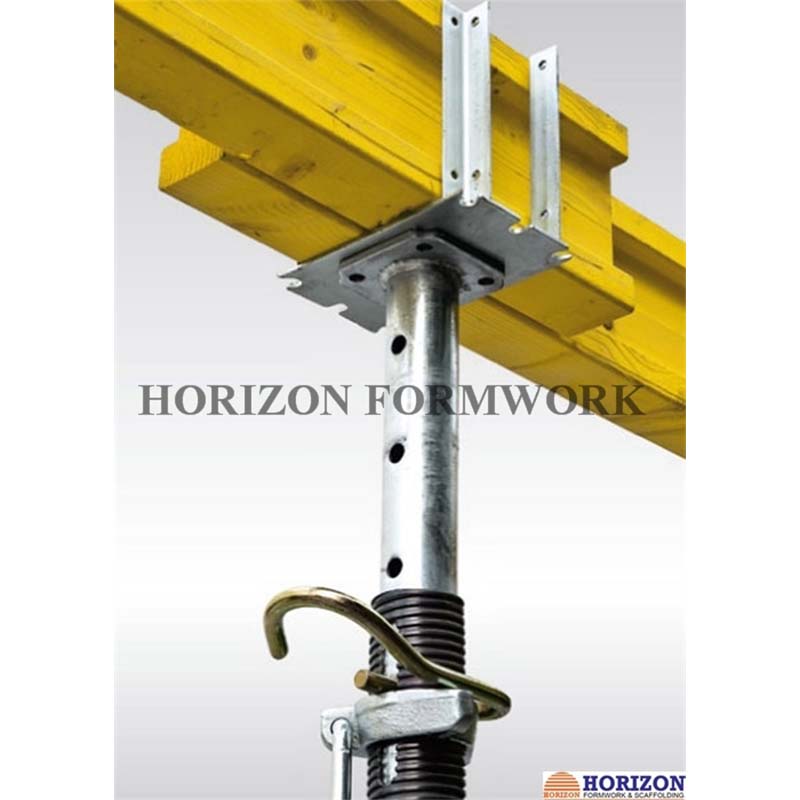dec. . 27, 2024 00:24 Back to list
Self-Climbing Formwork System Manufacturers and Innovative Construction Solutions
The Evolution and Impact of Self-Climbing Formwork Systems in Construction
In the modern construction industry, efficient and innovative solutions are essential for meeting the demands of rapidly evolving architectural designs and stringent timeframes. One such innovation that has gained considerable traction is the self-climbing formwork system. This advanced technology has not only streamlined the construction process but also revolutionized the way architects and builders approach high-rise projects. In this article, we will delve into the workings, advantages, and the future of self-climbing formwork systems, shedding light on their significance in today’s construction landscape.
Understanding Self-Climbing Formwork Systems
Self-climbing formwork systems are designed to create vertical structures, primarily in high-rise buildings, by enabling the formwork to 'climb' as the building progresses. This system consists of panels that form the shape of concrete walls and are mounted on hydraulic jacks. When a certain height is achieved, the system moves up to the next level automatically, eliminating the need for external support or cranes. This mechanism significantly enhances construction speed and efficiency, particularly in structures that require a compelling height.
Advantages of Self-Climbing Formwork Systems
1. Increased Efficiency One of the foremost advantages of self-climbing formwork is the reduction in time required to complete projects. Traditional methods often involve extensive labor for assembling and disassembling formwork at each level. In contrast, the self-climbing system automates much of this process, allowing for faster vertical construction.
2. Enhanced Safety Safety is paramount in construction environments. Self-climbing formwork systems reduce the risks associated with crane operations and the exposure of workers to potential hazards at elevated heights. By minimizing the reliance on external equipment, these systems create a safer working environment.
3. Cost-Effectiveness Although the initial investment in self-climbing formwork systems might be higher than traditional formwork, the long-term cost savings are significant. By speeding up the construction schedule and reducing labor costs, projects can be completed more economically. Moreover, improved safety practices can lead to fewer accidents and delays, further optimizing budget allocations.
self climbing formwork system factories

4. Flexibility and Versatility Modern self-climbing formwork systems are designed to accommodate various architectural designs and can be seamlessly adjusted to suit different project specifications. This flexibility allows architects and developers to push the boundaries of design without being constrained by construction limitations.
5. Quality Control The precision engineering of self-climbing formwork systems enables better quality control in building structures. The consistent and accurate formwork leads to superior concrete finishes and structural integrity, meeting or exceeding industry standards.
The Future of Self-Climbing Formwork Systems
As the construction industry continually evolves, the demand for innovative solutions is likely to grow. The development of smart technologies, such as IoT-enabled systems and automated monitoring, can further enhance the efficiency of self-climbing formwork systems. These advancements can lead to real-time data collection on structural performance, enabling timely adjustments and improvements throughout the construction process.
Furthermore, eco-conscious design is becoming increasingly important in construction. Self-climbing formwork systems can contribute to sustainable practices by minimizing waste and optimizing materials used during the construction. Adopting such technologies not only meets regulatory requirements but also satisfies the growing consumer demand for environmentally friendly building practices.
Conclusion
Self-climbing formwork systems represent a significant advancement in the construction industry, streamlining processes, enhancing safety, and enabling architects to bring innovative designs to life. As the industry continues to embrace technological advancements, the self-climbing formwork system will likely play a crucial role in shaping the future of construction. With its myriad advantages, it represents a paradigm shift towards more efficient, safe, and sustainable building practices, ensuring that the constructions of tomorrow are both high-quality and environmentally responsible.
-
Formwork Spring Clamp Factories: Quality & Bulk Supply
NewsAug.21,2025
-
Premium Ringlock Scaffolding | China Manufacturer & Supplier
NewsAug.19,2025
-
Efficient Table Formwork for Fast Slab Construction & Reusability
NewsAug.18,2025
-
Timber Beam H20 Formwork & Shuttering - Durable & Reliable
NewsAug.17,2025
-
Timber Beam H20: Premium Formwork & Shuttering Solutions
NewsAug.16,2025
-
Premium H20 Timber Beam for Formwork & Slab Shuttering
NewsAug.15,2025